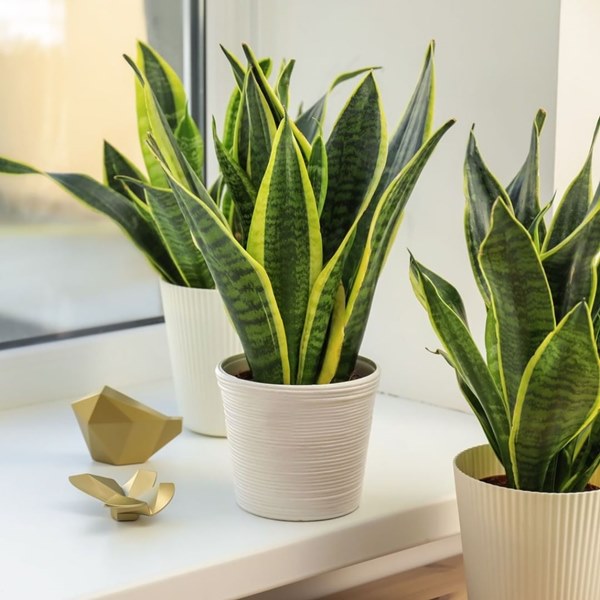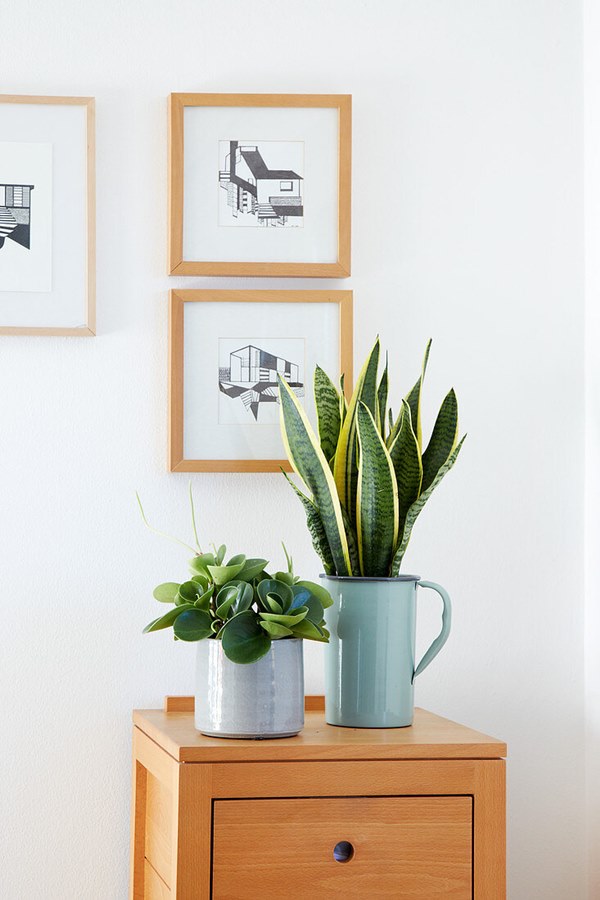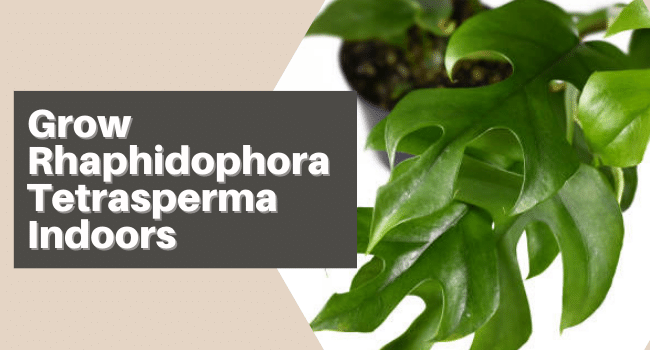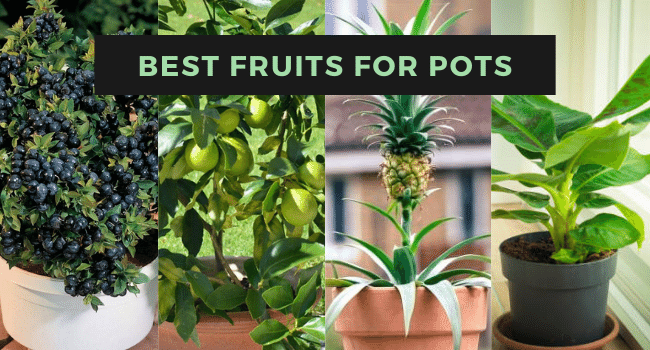Snake Plant Care Indoors | Sansevieria Care Indoors
The snake plant is a hardy houseplant that’s easy to grow Indoors. In this post, we discuss all about Snake plant care Indoors.

Botanical Name: Dracaena spp.
Common Names: Snake plant, Sansevieria, Saint George’s sword, Mother-in-law’s tongue, and Viper’s bowstring hemp
Snake plant is a hard-to-kill houseplant; that’s among the best plants for novice gardeners. Its noteworthy feature is the long lance-shaped foliage that grows upright. Snake plant is among the select few houseplants that remove pollutants from indoor space, per NASA Clean air study! Snake plant care indoors is not difficult, and after going through this post, you’ll be able to do that in a cinch.
Also learn about Dracaena angolensis Care Indoors!
How to Grow Snake Plant Indoors
Growing snake plant indoors doesn’t require any special care. It requires bright indirect light for optimum growth, although it grows in low light as well (albeit more slowly). Overwatering is the death of snake plants, allow the soil to dry out between watering cycles. Feed the snake plant twice a month in the growing season with a general-purpose fertilizer.
Propagating Snake Plant
You can propagate snake plants from leaf cutting or rhizome (root) division. The ideal time to propagate snake plant is in the growing season, spring and summer. Leaf cuttings root in soil and water, so it’s up to you which medium you choose to propagate the leaf cutting.
Here is the detailed post on Snake Plant Propagation!
Choosing the Variety
Here are some of the Snake plant varieties you can grow Indoors!
- Dracaena angolensis
- Sansevieria trifasciata ‘laurentii’
- Sansevieria trifasciata ‘twisted sister’
- Dracaena trifasciata ‘Bantel’s Sensation’
- Dracaena Ballyi (Dwarf Snake Plant)
- Dracaena ehrenbergii
- Dracaena pearsonii
Here is the detailed post on Snake Plant Varieties!
Choosing the Container
The size of the container will depend on the size of the snake plant you get. If you get a pot-bound plant, repot it to a pot two sizes large. Go for terracotta pots as they soak the excess moisture preventing soggy soil. Also, make sure the pot has drainage holes at the bottom.
Location
Locate the snake plant where it receives bright indirect light for optimum growth. Be it near a south or west-facing window or any spot in a well-lit room. The good news is that snake plant is also tolerant to low light, making them a suitable choice for indoor spaces. Although snake plants will survive in the dark corners, they’ll grow a bit slower.
Soil
The most important factor when choosing potting mix for a snake plant is if it’s well-draining. Any basic houseplant potting mix works well, or you can opt for a cacti or succulent potting mix. Add perlite to the mix to improve drainage.
TIP: Avoid peat moss-based potting mix as it becomes compact with time!
Watering
Snake plant is among the most tolerant plants when it comes to watering. Ideally, you should water when the soil becomes dry a couple of inches below the surface. It’ll do just fine even if you allow the soil to dry out between watering. Remember, the Snake plant won’t tolerate overwatering, so to err on caution, it’s better to water less than more. Also, cut back on watering in winter!
Temperature and Humidity
The ideal temperature range to grow snake plant lies between 70 to 90 degrees F, which is easily feasible indoors. It thrives in warm weather and won’t survive for long in temperatures below 50 degrees F. In winter, keep it away from cold drafts of wind. Average humidity levels indoors work well for snake plants as well.
Snake Plant Care Indoors

Fertilizer
It isn’t a heavy feeder, and fertilizing twice a month in the growing season will suffice. Go for well-balanced liquid fertilizer diluted half to its strength. Adding aged compost to the mix will also increase nutrient availability. Do not fertilize in winter!
Pests and Diseases
Indoors you won’t have to worry much about the pest problem. Sometimes common garden pests such as aphids, mites, and mealybugs can make their way to the snake plant. Handpick them, spray neem oil solution over the foliage, or use insecticidal soap to eliminate such pests. Root rot caused due to overwatering can cause the untimely death of snake plant. So avoid overwatering at all costs.
Snake Plant Toxicity
Snake plant is mildly toxic to dogs and cats, as per ASPCA. So to be safe, keep it away from pets and children. Symptoms of snake plant ingestion include Nausea, vomiting, and diarrhoea.





